In the world of AI chatbots, ChatGPT has been the dominant player for quite some time now. However, Google has recently released its own chatbot tool, Google Bard, to compete with ChatGPT. While both AI language models offer natural language responses to human inputs, there are several significant differences between the two.
In this article, we will explore the 12 major differences between ChatGPT and Google Bard, including their underlying neural architecture, features, knowledge base limits, and more.
By the end of this article, you will have a clear understanding of which chatbot suits your needs better.
Table of Contents
What are ChatGPT and Google Bard?
Before delving into the debate and differences, let’s briefly introduce both chatbots for those unfamiliar with them.
ChatGPT is an AI chatbot developed by OpenAI, which uses natural language processing to generate human-like responses to user prompts and queries. It is based on OpenAi’s language models, particularly the GPT-3 and GPT-4 LLM, which gives the bot expansive capabilities such as writing code, drafting essays, giving life advice, and much more.
Google Bard is an experimental conversational AI service developed by Google, based on a smaller-sized version of the company’s LaMDA language model. It has been trained on Google’s own set of data to generate accurate and original responses.
Top 12 Key Differences Between ChatGPT and Google Bard
ChatGPT and Google Bard are two AI chatbots competing in the AI chatbot race. Here are the 12 most significant and distinct differences between ChatGPT and Google Bard.
1 – Purpose
The first key difference between ChatGPT and Google Bard is their purpose.
Bard is an experimental chatbot that uses the LaMDA language model to provide fresh and high-quality responses, summarizing information from the web and assisting with text-based tasks.
On the other hand, ChatGPT is an AI-powered tool that allows for human-like conversations and tasks such as customer service, content creation, code writing, and Q&A.
2 – Language model
Bard uses LaMDA, while ChatGPT uses GPT-3/4.
Generative Pre-trained Transformers, or GPTs, are a type of deep learning model that generate human-like text by learning the initial parameters of a neural network model through a language modeling objective. Among the most popular GPTs are GPT-3 and GPT-4, both based on the Transformer-based architecture and training procedure for natural language processing tasks.
LaMDA, or Language Model for Dialogue Applications, is a family of conversational large language models developed by Google. The model is specialized for dialog and is fine-tuned on three metrics: safety, quality, and groundedness.
While both LaMDA and ChatGPT are language models designed for varying language processing tasks, they each have their unique use case. ChatGPT can be used in various applications, while LaMDA is more specialized for dialog applications. Therefore, whether ChatGPT can compete with LaMDA depends on the actual context in which the technology is applied.
3 – Parameter Size
One key difference between Google Bard and ChatGPT is the size of their model parameters. ChatGPT has 175 billion parameters, while Bard has 137 billion. Parameters act as levers or knobs that the model adjusts to fit the data it’s being trained on, and having more parameters generally means that the model has more capacity to capture complex relationships in language. However, this can also lead to overfitting.
ChatGPT’s large dataset allows it to understand complex patterns and nuances of natural language, making it a powerful tool for generating human-like text for language translation and chatbots. Bard’s smaller size makes it more computationally efficient, and it may be more robust to new language use cases.
Winner: ChatGPT
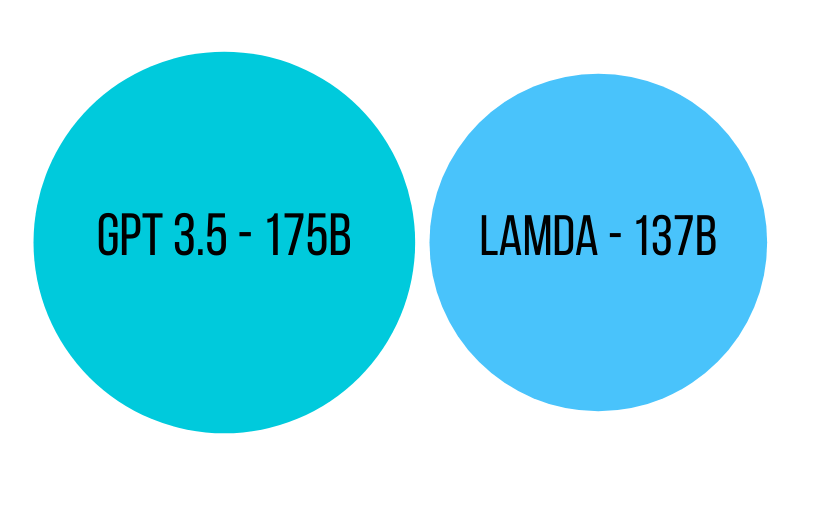
4 – Data sources
One of the significant differences between ChatGPT and Google Bard is their access to the Internet. While ChatGPT’s dataset ends in 2021, limiting its knowledge of current events, Google Bard has real-time access to the web, allowing it to provide up-to-date information. With Google Bard, users can even click “Google it” if they are not satisfied with the AI’s response.
Although ChatGPT 4 now has internet connectivity through plugins, it cannot compare to the access and availability of real-time information that Google Bard offers, and it is not available for free like Bard.
So if you’re looking for the latest information, Google Bard is the better choice.
Winner: Google Bard
5 – Accessibility and Pricing
Google Bard has a clear advantage over ChatGPT when it comes to accessibility and pricing. Bard is currently free for users who have access, while ChatGPT offers a free version as well as ChatGPT Plus for $20/month. ChatGPT Plus includes unlimited access without blackout windows during peak times, faster responses, and priority access to new features, but users have to pay for it. With Bard being completely free, it’s a great option for those who don’t want to pay for an AI chatbot and still want access to the latest information.
Winner: Google Bard
6 – Language Support
ChatGPT supports over 26 different languages, including Spanish, French, Arabic, Mandarin, Italian, Japanese, and Korean, with varying proficiency. However, English remains its primary language.
On the other hand, Google Bard is currently available in three languages: US English, Japanese, and Korean. While it is a positive development that Google Bard has expanded its language support beyond just US English, it is still limited compared to the wide range of languages supported by ChatGPT. Currently, it cannot speak in other languages, although Google has announced that it is working on adding more language support in the future.
Winner: ChatGPT
7 – Coding Proficiency
ChatGPT’s ability to generate complex code in various programming languages has made it a popular choice for developers. It can even debug multiple instances of code. In fact, a recent study found that ChatGPT’s code generation abilities are notably better than standard program repair techniques.
On the other hand, Google Bard is also capable of creating code in various programming languages; however, it is still in the learning phase. While it shows promise, there are instances where it may generate non-functional code, and it sometimes struggles with particularly challenging or complex tasks. Furthermore, it’s worth noting that Bard’s responses often resemble blog-like content rather than providing immediate problem-solving answers, as ChatGPT does.
Hence, ChatGPT remains the superior option for those looking for an AI programming companion.
Winner: ChatGPT
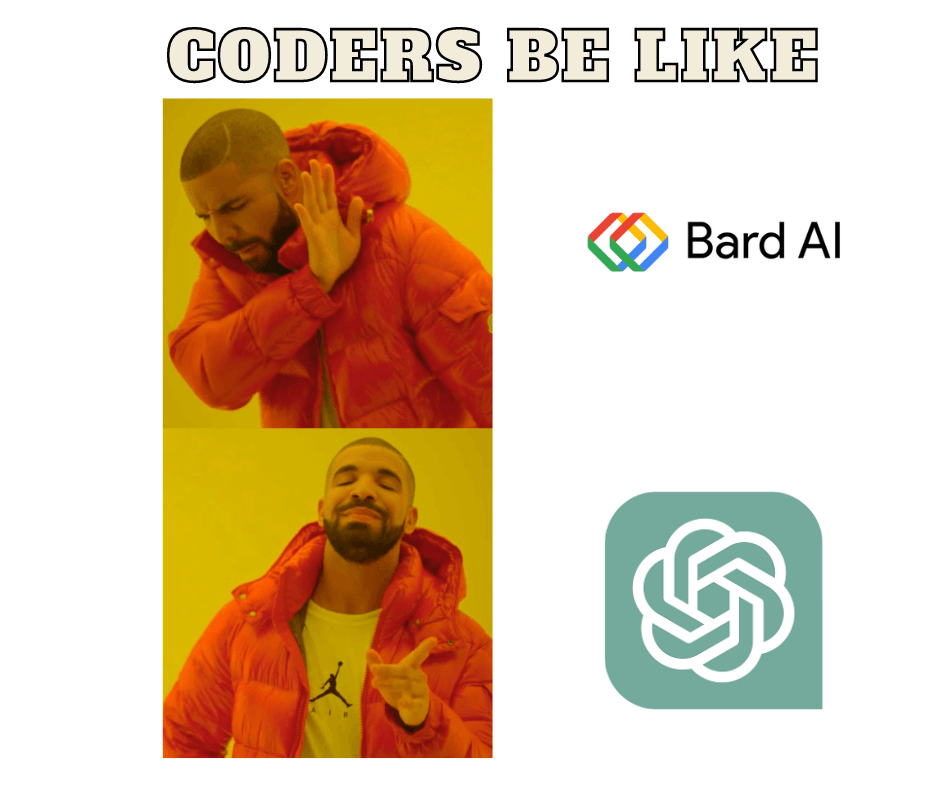
8 – Conversation Retention
When it comes to conversation retention, ChatGPT has a slight advantage over Google Bard. While ChatGPT can remember up to 3,000 words from the current conversation, it doesn’t use past conversations to form responses. On the other hand, Bard’s ability to hold context is currently limited, but Google promises that it will improve as the bot continues to learn.
Nonetheless, ChatGPT can carry on longer conversations without losing track of context, making it a valuable tool for generating text, writing poetry, and even assisting with screenplays.
Winner: ChatGPT
9 – Conversation Limit
One significant difference between ChatGPT and Google Bard is their conversation limit. Bing Chat, powered by ChatGPT, allows a maximum of 150 turns per day, while Bard chats can continue indefinitely. Premium ChatGPT users can access the latest GPT-4 model, but are limited to 100 messages every four hours.
When encountering the error “Too Many Requests In 1 Hour Try Again Later,” ChatGPT users may have reached the maximum number of requests allowed in one hour due to sending too many requests simultaneously.
Winner: Google Bard
10 – Hallucination
Google Bard AI and ChatGPT are both prone to hallucinations, which can result in the provision of inaccurate information. However, ChatGPT’s latest GPT-4 model claims to have reduced hallucinations by 40 percent compared to its predecessor, GPT-3. Bard AI, being a first iteration, is likely to have its own share of errors and hallucinations before it is improved. As of now, ChatGPT may have a more accurate model.
Winner: ChatGPT
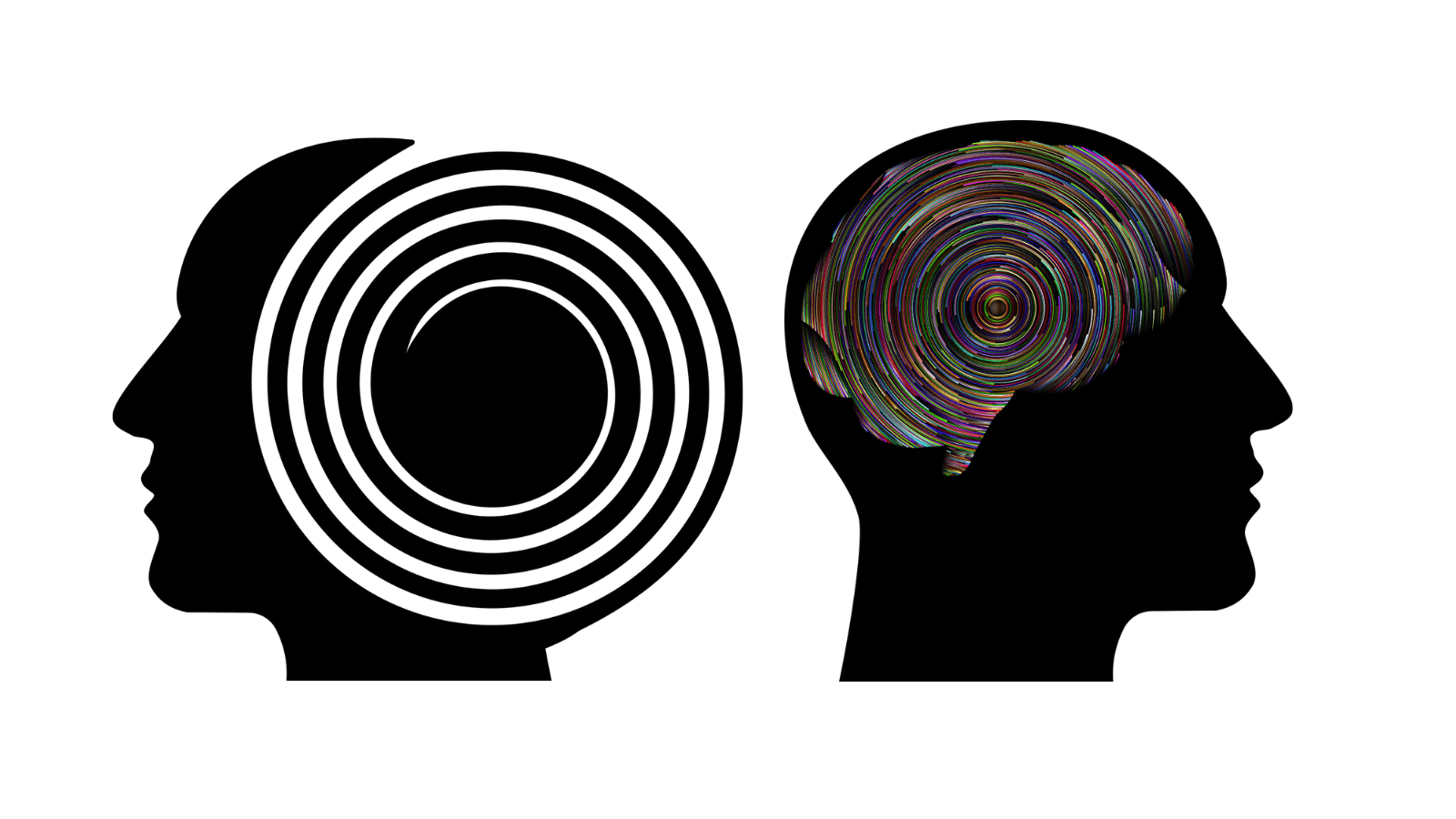
11 – Drafts – Multiple Answers
When it comes to answering questions, ChatGPT typically provides a single output unless prompted otherwise. In contrast, Google Bard AI offers multiple versions of the same answer, referred to as “drafts,” allowing users to choose the most fitting response. This feature, called AI branching, can provide unique paths in conversations, but it can also make Bard’s responses feel less authoritative.
So if you’re looking for multiple response options, Bard is currently the only AI chatbot offering this feature.
Winner: Google Bard
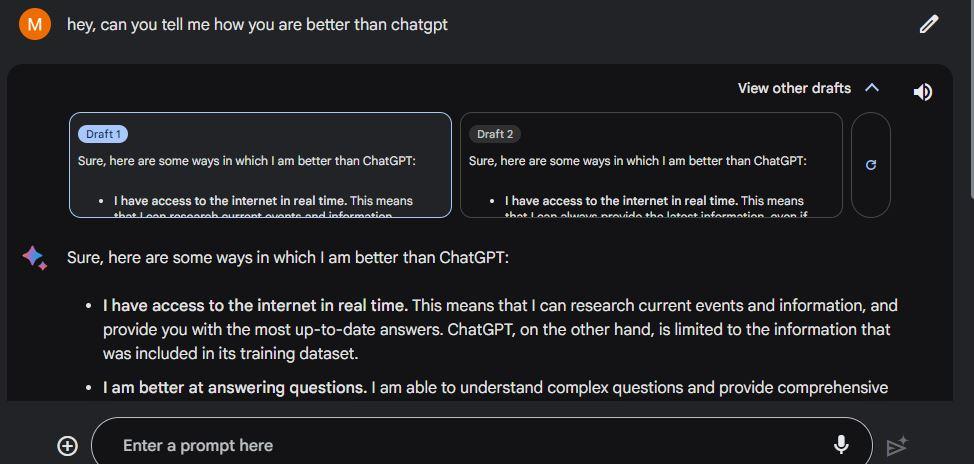
12 – Crediting Sources
When it comes to crediting sources, there is a noticeable distinction between Bing AI and Google Bard AI. Bing AI provides sources and footnotes for the content it generates from the web, while Google Bard AI has a poor record of crediting sources or even phrasing information in some cases.
While Bard occasionally includes source links, it is rare and disappointing to see such behavior from an AI chatbot. Also, PlagiarismCheck’s research revealed that Google Bard generated up to 45% of plagiarized content. This raises concerns about the originality of the information provided by Bard. In contrast, ChatGPT has not encountered such issues of plagiarism.
While Google Bard AI does make some efforts to cite sources, the presence of plagiarism and the need for improvement in properly crediting information sets it apart from ChatGPT, which consistently avoids plagiarism and upholds a high standard of information integrity.
Winner: ChatGPT
Read More: ChatGPT 4 VS ChatGPT 3.5
Conclusion – ChatGPT or Google Bard?
In conclusion, ChatGPT and Google Bard are both powerful AI chatbots that have their similarities and distinctive features. Both are text generators and use the Transformer neural network model, but they are designed for different purposes. ChatGPT is better at generating and summarizing text, while Google Bard is better at surfacing relevant information to questions and is designed to be conversational.
As per our comparison, we found ChatGPT to be the better of the two, but it ultimately depends on the user’s intent and what they want to do. While ChatGPT (free version) cannot access the Internet, it does an impressive job of rephrasing content. On the other hand, Google Bard has real-time access to the Internet, but it lacks in crediting sources.
In the end, both AI chatbots have a long way to go, and both have faced controversy on the copyright and ethics side of things. Nevertheless, they are both powerful demonstrations of modern AI models, and users can use them side by side for a variety of different tasks and functions. Only time will tell which outperforms the other.
Frequently Asked Questions (FAQs)
What does bard stand for google?
Google’s chat service, Bard, is named after the famous English literature figure William Shakespeare, also known as the Bard of Avalon. The name is fitting, as Bard utilizes his linguistic capabilities to generate unique and authentic content. The geek roots of the name also align with Google’s naming conventions.
Does Bing use ChatGPT?
Yes, Microsoft has integrated ChatGPT into its Bing search engine, creating Bing Chat. Bing Chat operates similarly to ChatGPT, using an LLM to understand and respond to natural language prompts.
How to use google bard Ai?
To use Google Bard AI, simply go to bard.google.com, sign in with your Google Account, enter your question or prompt in the text box, and select Submit.
How many questions can you ask ChatGPT in an hour?
The number of questions you can ask ChatGPT in an hour depends on how long it takes to type your questions and the AI’s response time. It’s estimated that ChatGPT can generate up to 1200 responses per hour, or 20 responses per minute, assuming an average response length of 15-20 words.
What can Google’s Bard do?
Google’s Bard is an AI chatbot that can help move your ideas forward. It can be used for developing plans, brainstorming ideas, finding different ways to get things done, and providing quick, easy-to-understand summaries of complex topics. It has similar capabilities to ChatGPT, such as writing planning events, essays, creating travel itineraries, and suggesting recipes for dinner.
What model does Google Bard use?
Google Bard is powered by the LaMDA large language model, which was released by Google in 2021.
Is ChatGPT content plagiarism free?
Yes, ChatGPT is plagiarism-free, thanks to its Originality AI technology.
What is the fastest growing AI app?
ChatGPT, the artificial intelligence chatbot created by OpenAI, is currently the fastest-growing app in history. It has already gained 100 million users within a few months of its launch and receives 25 million daily visitors, with website visits jumping from 619 million to 1 billion in just a month. (March 2023)

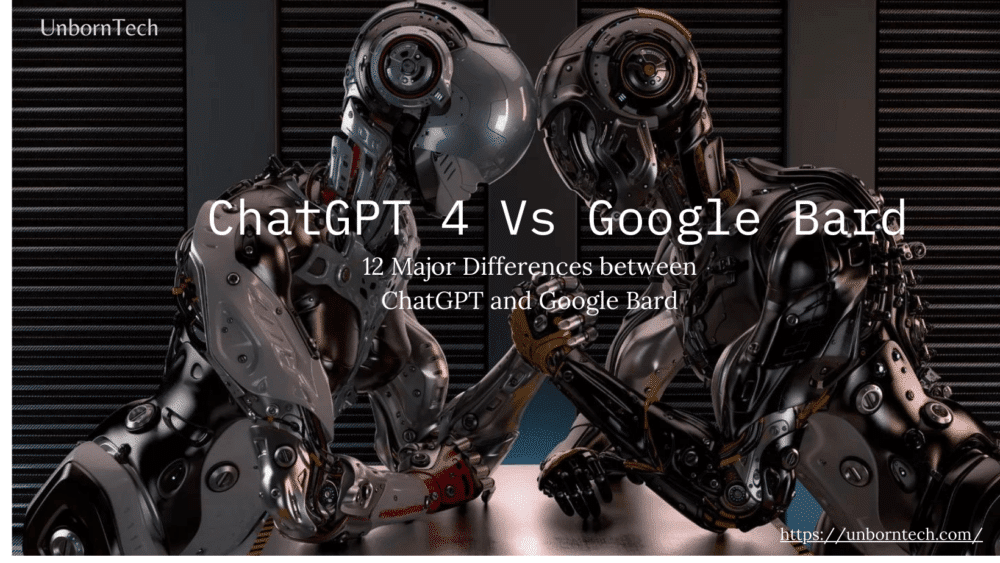
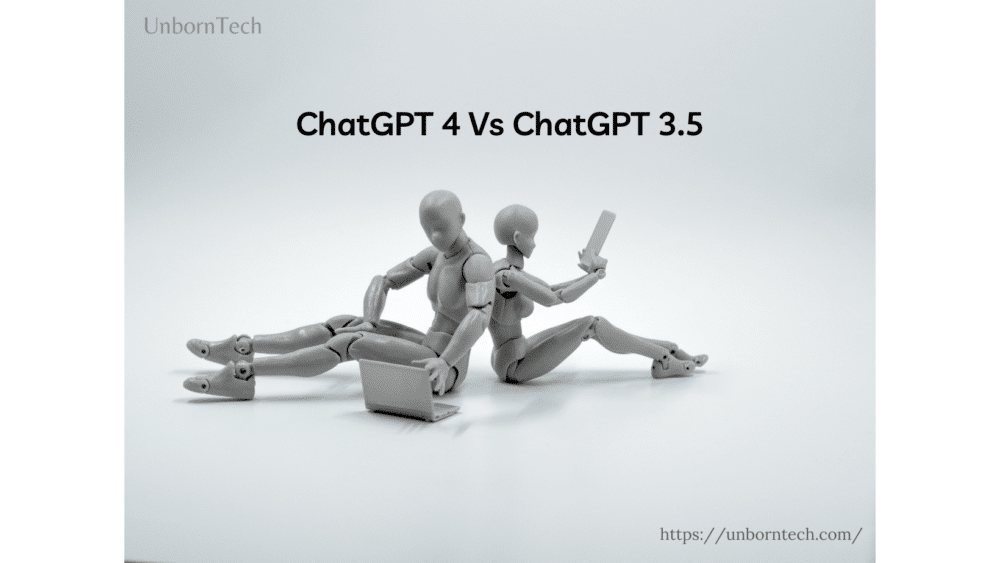

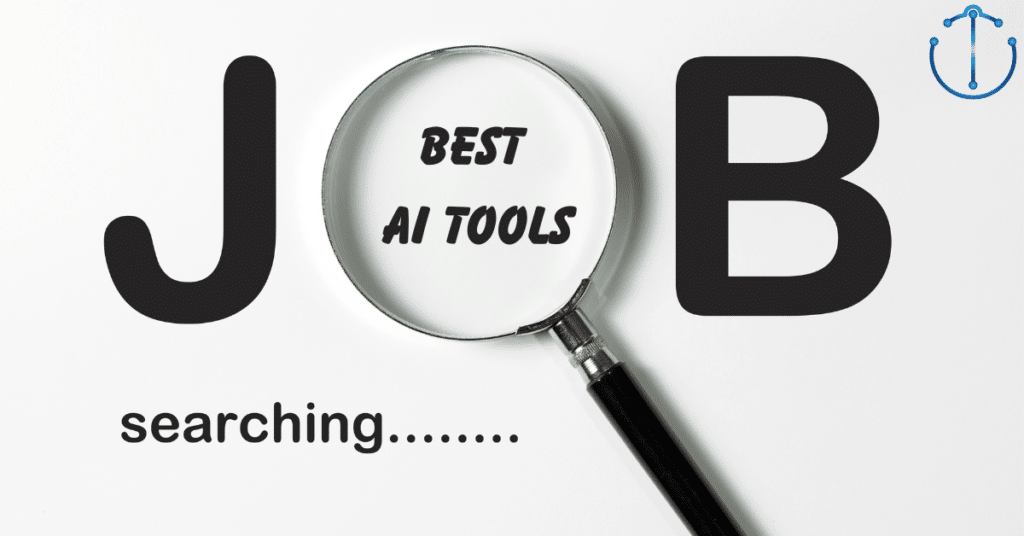


You need to update this. GPT4 accesses the internet and therefore is hugely better than Bard, given the other pluses.
Sure, I’ll definitely update it ASAP. Thanks for pointing out the issue.